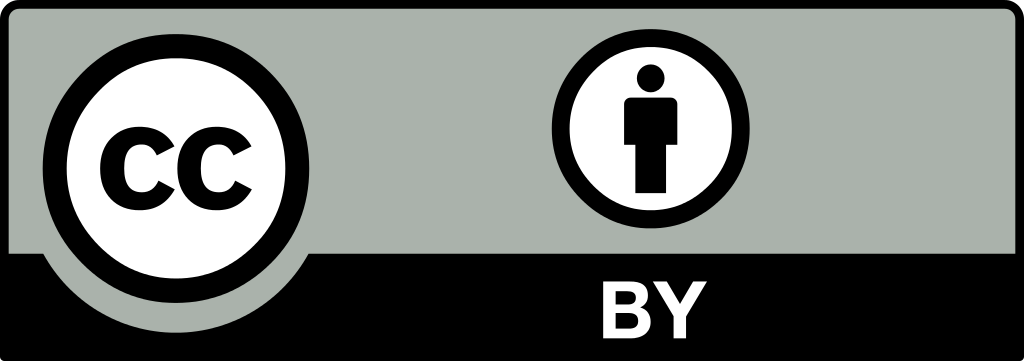Öz
Bu çalışmada, tedarik zincirinin performansının
değerlendirmesinde stokların rolü incelenmiştir. Stoklar, tedarik zincirinde
firmanın tepkiselliğini etkileyerek ulusal ve uluslararası pazarlarda
performansını arttıran ya da azaltan; rekabet edebilirlik düzeyini belirleyen
önemli unsurlardır. Firmaların satın alma süreçleri ile başlayan stoklar,
ürünlerin müşterilere ulaştırılmasına değin varolduğundan tüm tedarik zincirinin
fonksiyonelliği üzerinde etkin role sahiptir. Bunun nedenle, tedarikçi-müşteri
ilişkilerinin stoklar üzerine, dolayısıyla tedarik zinciri performansına ne tür
etkileri olduğu değerlendirilmelidir. Varyans analizi, tedarikçi-müşteri
ilişkilerinin stok performansı üzerine etkisinin araştırılmasında kullanılabilecek
bir yöntemdir. Çalışmada, çok değişkenli-çok kademeli varyans analizi yöntemi
ile Adana'da boya sektöründe faaliyet gösteren bir firmanın üretim sürecinin ana
hammaddelerinden birinin esas tedarikçisi olan firmalarla gerçekleştirmiş
olduğu ikmal süreçleri değerlendirilmiştir. Gerçek veriler kullanılarak, ilgili
dönemde planlanan ve gerçekleşen performansların analizi yapılmıştır. Müşteritedarikçi
ilişkilerinin stoklar açısından tedarik zincirini nasıl etkilediğine;
müşteri ya da tedarikçi yönüyle ortaya çıkabilecek değişikliklerin maliyet olarak
ne tür sapmalara yol açabileceğinin analizine yer verilmiştir.
Anahtar Kelimeler
Kaynakça
- Bentz, W.F. ve Lusch R.F.(1980), “Now You Can Control Your Product’s Market Performance”, Management Accounting, January 1980:17-25.
- Carr, A.S. ve Pearson, J.N. (1999), “Strategically Managed Buyer-Supplier Relationships and Performance Outcomes”, Journal of Operations Management, 17 (1999):497-519.
- Chandra C. Ve Kumar S.(2001), ‘Taxonomy of Inventory Policies for Supply Chain Effectiveness”, 29(4):164-175.
- Chopra S. (2004), Supply Chain Management 2nd Edition, Pearson Prentice Hall,New Jersey.
- Dubois, A., Hulthen, K. ve Pedersen, A. (2004), “Supply Chains and Interdependence: a Theoretical Analysis”, Journal of Purchasing&Supply Management, 10 (2004):3-9.
- Emberson, C.ve Storey, J. (2006), “Buyer-Supplier Collaborative Relationships: Beyond the Normative Accounts”, Journal of Purchasing&Supply Management, 12 (2006):236-245.
- Emsley D. (2000) “Variance Analysis and Performance : Two Emprical Studies”, Accounting, Organization and Society, 25(2000):1-12.
- Hoole R. (2005) “Five Ways to Simplify Your Supply Chain”, Supply Chain Management:An International Journal 10(1):3-6.
- Hulbert, J.M. ve Norman E.Toy (1977), “A Strategic Framework for Marketing Control”, Journal of Marketing, April 1977: 12-20.
- Jammernegg, W. ve Reiner, G. (2007), “Performance Improvement of Supply Chain Processes by Coordinated Inventory and Capacity Management”, Int.J.Production Economics, 108 (2007) 183-190.
- Ketchen, D.J., Rebarick,W., Hult, G.T.M. ve Meyer, D. (2008), “Best Value Supply Chain fort he 21st Century”, Business Horizons, (2008)51:235-243.
- Luckett,P.F. ve Eggleton, I.R.C. (1991), “Feedback and Management Accounting: A Review of Research into Behavioral Consequences”, Accounting, Organizations and Society, 16(4):371-394.
- Nasiri G.,Davoudpour H. Ve Karimi B. (2010) “The Impact of Integrated Analysis on Supply Chain Management : a Coordinated Approach for Inventory Control Policy”, Supply Chain Management:An International Journal 15(4):277-289.
- O’Toole, T. ve Donaldson, B. (2002), “Relationship Performance Dimensions of Buyer-Supplier Exchanges”, European Journal of Purchasing&Supply Management, 8 (2002):197-207.
- Shank, J.K. ve Churchill N.C.(1977), “ Variance Analysis: A Management Oriented Approach,” The Accounting Review, 52 (4): 950-957.
- Weber, M.M. (1996), “A Framework for Analyzing Sources of Variance in the Supplier-Buyer Relationship : Determining the Contribution of Buyer Planning and Supplier Performance to Total Variance”, Journal of Marketing- Theory and Practice, Spring 2006.
- Weber, M.M. (2000), “Calculating the Cost of Variances in the Supply Chain”, Industrial Marketing Management 29, 57-64.
Öz
Kaynakça
- Bentz, W.F. ve Lusch R.F.(1980), “Now You Can Control Your Product’s Market Performance”, Management Accounting, January 1980:17-25.
- Carr, A.S. ve Pearson, J.N. (1999), “Strategically Managed Buyer-Supplier Relationships and Performance Outcomes”, Journal of Operations Management, 17 (1999):497-519.
- Chandra C. Ve Kumar S.(2001), ‘Taxonomy of Inventory Policies for Supply Chain Effectiveness”, 29(4):164-175.
- Chopra S. (2004), Supply Chain Management 2nd Edition, Pearson Prentice Hall,New Jersey.
- Dubois, A., Hulthen, K. ve Pedersen, A. (2004), “Supply Chains and Interdependence: a Theoretical Analysis”, Journal of Purchasing&Supply Management, 10 (2004):3-9.
- Emberson, C.ve Storey, J. (2006), “Buyer-Supplier Collaborative Relationships: Beyond the Normative Accounts”, Journal of Purchasing&Supply Management, 12 (2006):236-245.
- Emsley D. (2000) “Variance Analysis and Performance : Two Emprical Studies”, Accounting, Organization and Society, 25(2000):1-12.
- Hoole R. (2005) “Five Ways to Simplify Your Supply Chain”, Supply Chain Management:An International Journal 10(1):3-6.
- Hulbert, J.M. ve Norman E.Toy (1977), “A Strategic Framework for Marketing Control”, Journal of Marketing, April 1977: 12-20.
- Jammernegg, W. ve Reiner, G. (2007), “Performance Improvement of Supply Chain Processes by Coordinated Inventory and Capacity Management”, Int.J.Production Economics, 108 (2007) 183-190.
- Ketchen, D.J., Rebarick,W., Hult, G.T.M. ve Meyer, D. (2008), “Best Value Supply Chain fort he 21st Century”, Business Horizons, (2008)51:235-243.
- Luckett,P.F. ve Eggleton, I.R.C. (1991), “Feedback and Management Accounting: A Review of Research into Behavioral Consequences”, Accounting, Organizations and Society, 16(4):371-394.
- Nasiri G.,Davoudpour H. Ve Karimi B. (2010) “The Impact of Integrated Analysis on Supply Chain Management : a Coordinated Approach for Inventory Control Policy”, Supply Chain Management:An International Journal 15(4):277-289.
- O’Toole, T. ve Donaldson, B. (2002), “Relationship Performance Dimensions of Buyer-Supplier Exchanges”, European Journal of Purchasing&Supply Management, 8 (2002):197-207.
- Shank, J.K. ve Churchill N.C.(1977), “ Variance Analysis: A Management Oriented Approach,” The Accounting Review, 52 (4): 950-957.
- Weber, M.M. (1996), “A Framework for Analyzing Sources of Variance in the Supplier-Buyer Relationship : Determining the Contribution of Buyer Planning and Supplier Performance to Total Variance”, Journal of Marketing- Theory and Practice, Spring 2006.
- Weber, M.M. (2000), “Calculating the Cost of Variances in the Supply Chain”, Industrial Marketing Management 29, 57-64.
Ayrıntılar
| Birincil Dil | Türkçe |
|---|---|
| Yazarlar | |
| Yayımlanma Tarihi | 5 Ocak 2012 |
| Yayımlandığı Sayı | Yıl 2012 Cilt: 26 Sayı: 2 |



